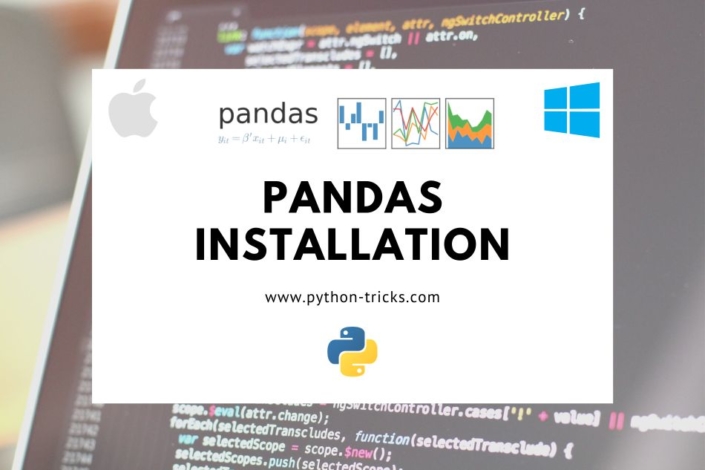
We can also see the Detected Python IDE has not. We can see the Detected Python home directory has been picked up. Let’s set up Power BI Desktop.Ĭlick on Python Scripting.

This prints the output in the terminal in Visual Studio Code: Now, right-click anywhere in the document and select Run Python File in Terminal: We will use the same one as in the Microsoft sample documentation:ĭata = ,]ĭf = pd.DataFrame(data,columns=,dtype=float) Open VS Code and go to Extensions, and find the Python extension: Note we can write scripts directly within Power BI as well, but configuring an IDE will help us when we write and debug code. We will use Visual Studio Code as our IDE to write Python scripts. Our python environment is now ready for use. We see pip can be upgraded, with the command: python -m pip install -upgrade pip


To install pandas, we would use: pip install pandasĮnsure to run this in the command prompt outside of Python: To install the modules, we can use pip, as follows: pip install PackageName We can see python is installed and the version:Įxit python by typing exit() to return back to the Windows command prompt: Let’s install them through the Windows command prompt.įirst, open a Windows Command prompt and type python. Power BI requires 2 modules to be installed, pandas and matplotlib, which we can see are not installed. Let’s see which modules are installed, by typing: help("modules") Opening it, we can start typing commands: Now, IDLE is installed, and we can access it through the Windows Start menu: Note this also installs IDLE (the IDE), pip (the package installer) and documentation: To install Python for Power BI, first go to the Python download page at and click on Downloads:Ĭheck Add Python to PATH and click to Install. We will then move onto how to use Python in various scenarios in Power BI. In this post, we will look at how to install Python in Power BI. We will go through examples of each of these in the following posts.

Python can be used in Power BI in several ways.


 0 kommentar(er)
0 kommentar(er)
